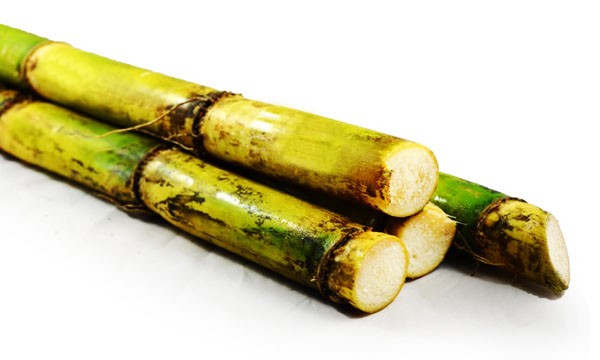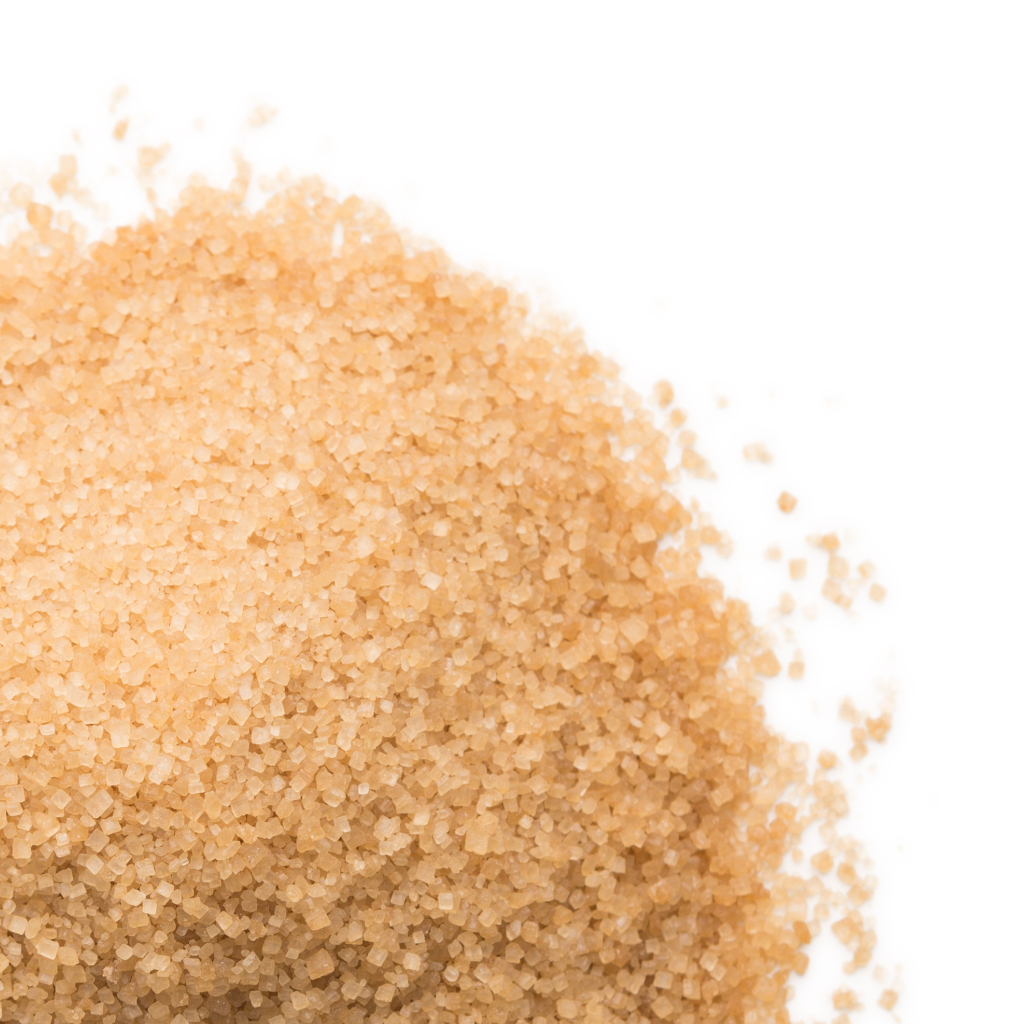Advanced Cane Sugar Processing: Enhancing Performance and Sustainability
Advanced Cane Sugar Processing: Enhancing Performance and Sustainability
Blog Article
Understanding the Critical Methods and Technologies Utilized in Modern Walking Stick Sugar Processing
The evolution of cane sugar processing has actually been significantly shaped by the assimilation of advanced strategies and technologies that address both performance and sustainability. As we discover these essential innovations, it comes to be necessary to take a look at exactly how they not only enhance manufacturing but additionally straighten with broader industry fads and customer demands, raising inquiries regarding the future of sugar processing and its implications for international markets.
Historical Context of Cane Sugar Handling
The historic context of walking cane sugar processing discloses an abundant tapestry of agricultural technology and cultural exchange that has actually formed its growth over centuries. The process of drawing out and refining sugar got momentum in India, where methods for crystallization were perfected around the Sixth century.

Advanced Removal Techniques
Effectiveness in walking cane sugar extraction has actually seen substantial developments, driven by the demand for higher returns and lower manufacturing costs. Traditional techniques have actually progressed, giving method to cutting-edge modern technologies that enhance the efficiency of the extraction process. One notable improvement is the use of enzyme-assisted removal, wherein specific enzymes break down cell wall surfaces and release more sucrose from the walking cane fibers. This technique not just enhances sugar return however additionally decreases the power needed for processing.
Additionally, the adoption of membrane purification technologies, such as nanofiltration and reverse osmosis, has transformed the separation of sugar from impurities. These methods enable for the careful permeation of sugar molecules while maintaining bigger impurities, streamlining the extraction procedure and minimizing waste.
Moreover, the integration of continuous extraction systems has resulted in enhanced operational performance. Cane Sugar Processing. These systems keep a constant flow of walking cane product, making certain optimum extraction conditions and minimizing downtime related to batch processing
Innovative Refining Technologies
Refining strategies in cane sugar processing have actually undergone a transformative change, driven by the demand for greater purity and boosted product top quality. Among one of the most significant advancements is the adoption of membrane layer filtering innovations, such as ultrafiltration and nanofiltration. These processes successfully remove pollutants and colorants without the demand for substantial chemical treatments, therefore protecting the sugar's all-natural flavor and improving its appeal.
One more significant improvement is the use of ion exchange materials, check out here which permit discerning removal of undesirable ions from sugar solutions. This innovation not just enhances the total purity of the last item but additionally contributes to minimized waste and ecological impact.
In addition, innovations in adsorption techniques, using turned on carbon and other innovative products, have actually shown reliable in decolorizing sugar services while keeping optimal high quality. The integration of these ingenious refining modern technologies ensures that makers can generate refined sugar with remarkable clarity and taste, satisfying the progressing choices of consumers.
Automation and Control Equipment
Recent improvements in refining technologies have actually led the way for significant renovations in automation and control systems within walking cane sugar processing facilities. These systems utilize sophisticated software application and equipment to improve operational effectiveness, decrease human error, and make sure regular item high quality.
Modern automation integrates various elements, consisting of sensors, actuators, and programmable logic controllers (PLCs), allowing real-time monitoring and control of vital processes. For instance, circulation, stress, and temperature level prices can be exactly controlled during removal, clarification, and condensation stages, optimizing efficiency and reducing waste.
Furthermore, advanced data analytics and artificial intelligence algorithms play a crucial duty in predictive maintenance, permitting drivers to expect equipment failings before they take place. This positive approach not just decreases downtime but additionally extends the life-span of machinery.
Additionally, automation promotes the application of Industry 4.0 concepts, empowering sugar mills to attain higher connectivity and information exchange across procedures. As a result, decision-making comes to be more dexterous and enlightened, eventually enhancing the general competition of walking stick sugar manufacturing. With these improvements, the industry is well-positioned to satisfy expanding global needs while maintaining functional quality.
Sustainability Practices in Sugar Production
Sustainability techniques in sugar production have come to be increasingly crucial as the industry seeks to stabilize financial practicality with ecological responsibility. As consumer awareness grows pertaining to the environmental effects of agricultural methods, sugar manufacturers are embracing cutting-edge approaches to decrease their environmental impact.
One substantial approach is the implementation of precision farming strategies, which make use of data analytics to optimize resource use, site web such as water and fertilizers. This minimizes waste and minimizes the effect on regional ecosystems. Additionally, several manufacturers are transitioning to renewable energy sources, such as biomass from sugarcane results, to power their procedures, thereby reducing reliance on fossil gas.
Water monitoring practices are also important; rain harvesting and effective irrigation systems assist minimize water scarcity issues. Cane Sugar Processing. Furthermore, incorporated pest management approaches reduce chemical usage, promoting biodiversity and soil wellness
Company social responsibility initiatives are emerging, with business investing in regional communities and ensuring reasonable labor techniques. By welcoming these sustainability practices, the sugar sector not just boosts its reputation but also adds to an extra lasting farming landscape, leading the way for future generations.

Final Thought
In summary, modern-day cane sugar handling incorporates a variety of sophisticated methods and modern technologies that considerably improve sustainability, efficiency, and yield. The description fostering of cutting-edge removal and refining approaches, together with automation and control systems, assists in enhanced operational performance and product quality. Furthermore, the focus on lasting methods highlights a commitment to lessening ecological effect and promoting ethical production. Jointly, these innovations place the walking stick sugar market to meet modern needs while resolving critical global challenges.
The advancement of walking stick sugar handling has been considerably formed by the integration of innovative methods and innovations that address both performance and sustainability.The historic context of walking cane sugar processing discloses a rich tapestry of farming advancement and social exchange that has shaped its growth over centuries. Developments in milling and refining emerged, laying the foundation for modern walking cane sugar processing.Refining methods in walking stick sugar handling have undertaken a transformative shift, driven by the need for higher pureness and improved item quality.In recap, modern walking stick sugar handling incorporates an array of advanced methods and modern technologies that substantially enhance effectiveness, sustainability, and return.
Report this page